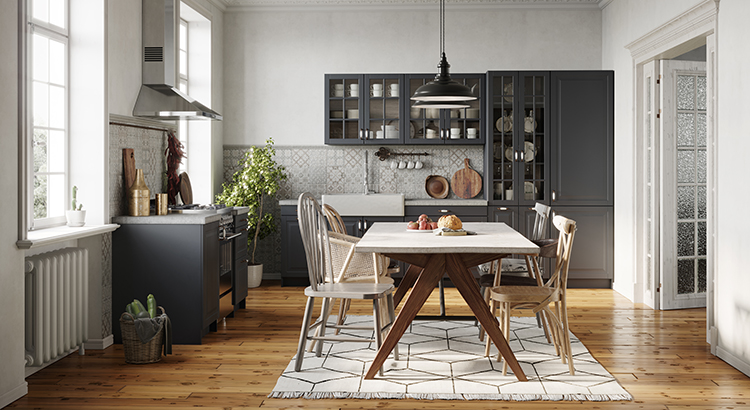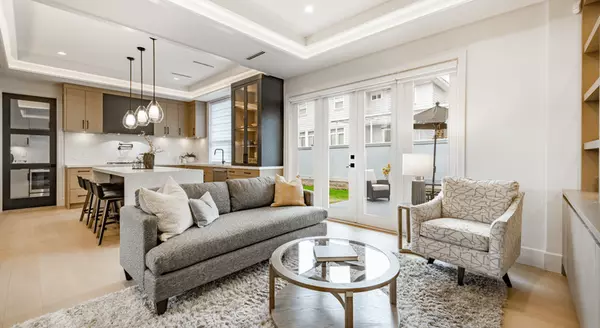
Saving for a Down Payment? Here’s What You Should Know.
Saving for a Down Payment? Here’s What You Should Know. As you set out to buy a home, saving for a down payment is likely top of mind. But you may still have questions about the process, including how much to save and where to start. If that sounds like you, your down payment could be more in reac
![The Journey To Buy a Home [INFOGRAPHIC],Tom Ciccarone RE/MAX InStyle Realty](https://files.mykcm.com/2022/10/06110305/20221007-MEM-1046x2399.png)
The Journey To Buy a Home [INFOGRAPHIC]
The Journey To Buy a Home [INFOGRAPHIC] Some Highlights When you head out to buy a home, there are a number of key milestones you’ll encounter along the way. The process includes everything from building your team and understanding your finances to going house hunting, making an offer, and more.

What Sellers Need To Know in Today’s Housing Market
What Sellers Need To Know in Today’s Housing Market If you’re thinking about selling your house, you may have heard about the housing market slowing down in recent months. While it’s still a sellers’ market, the peak frenzy the market saw over the past two years has cooled some. If you’re asking y
Categories
- All Blogs (728)
- agent (180)
- baby boomers (184)
- best realtor (118)
- buy (188)
- buy a house (191)
- buyer myths (183)
- Buying Myths (184)
- demographics (185)
- Down payment (182)
- For Buyers (186)
- For Sellers (186)
- foreclosures (185)
- gen z (186)
- generation x (186)
- Holidays (183)
- homebuyers (193)
- homeownership (186)
- house maintenance (182)
- house preparation (182)
- housing market updates (184)
- infographics (183)
- Interest Rates (182)
- listing (184)
- Luxury Market (184)
- luxury real estate (183)
- millenials (187)
- mortgage (188)
- mortgages (181)
- pricing (182)
- purchase (189)
- real estate (117)
- realestateexperts (116)
- realtor (118)
- rent vs buy (182)
- Rent vs. Buy (180)
- schools (177)
- sell (185)
- sell a house (182)
- sellers (176)
- sellers market (176)
- selling myths (175)
Recent Posts










